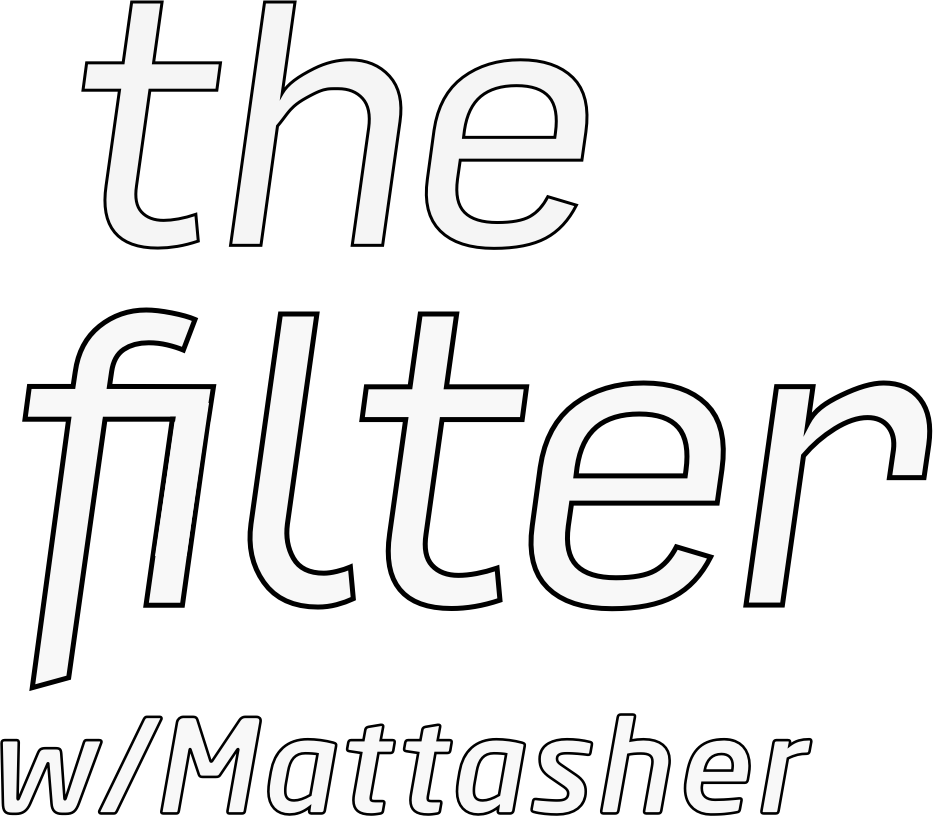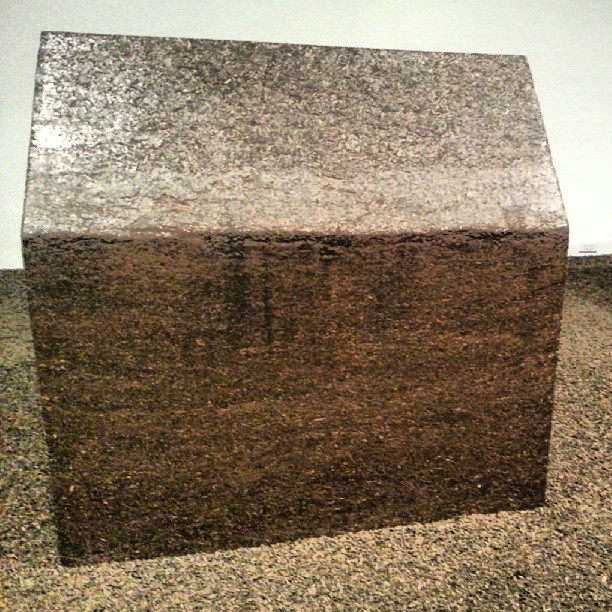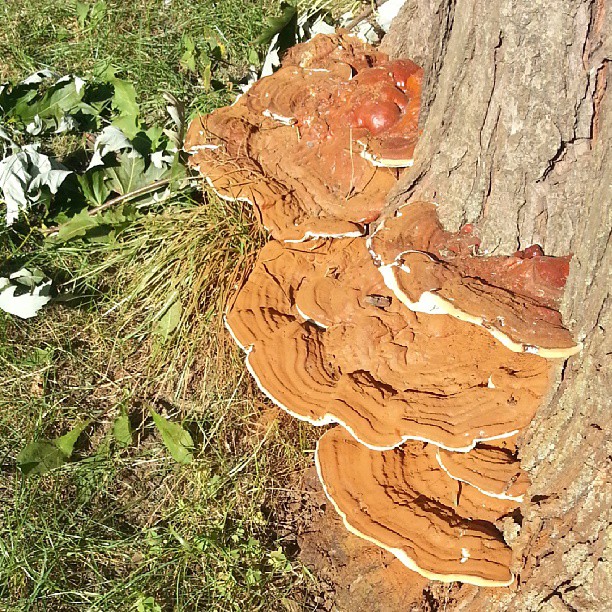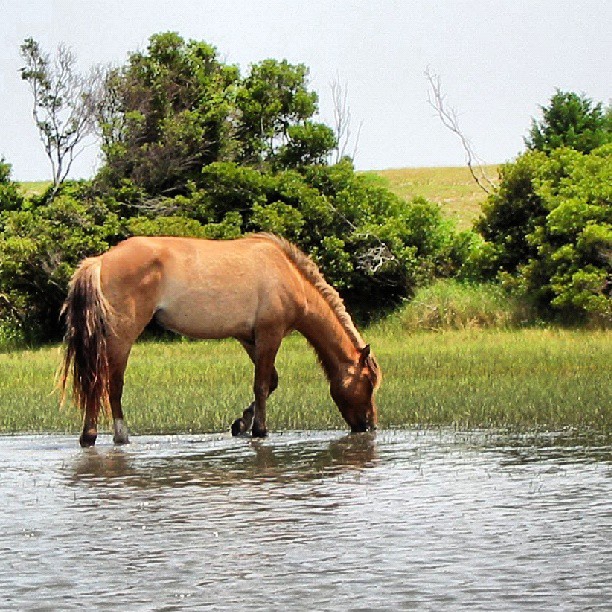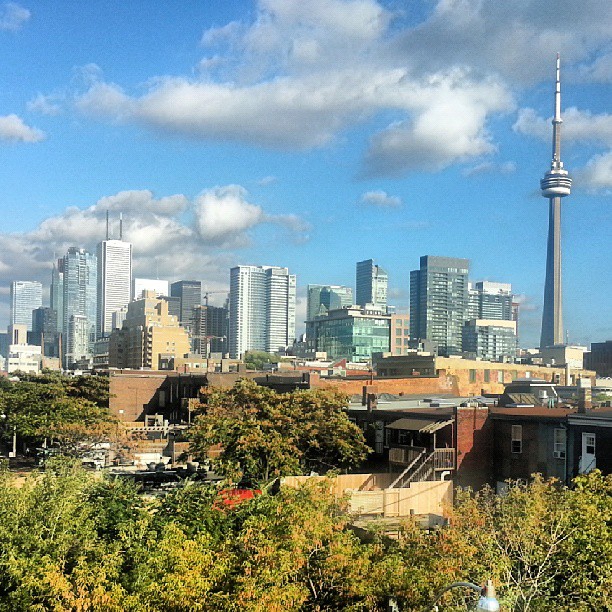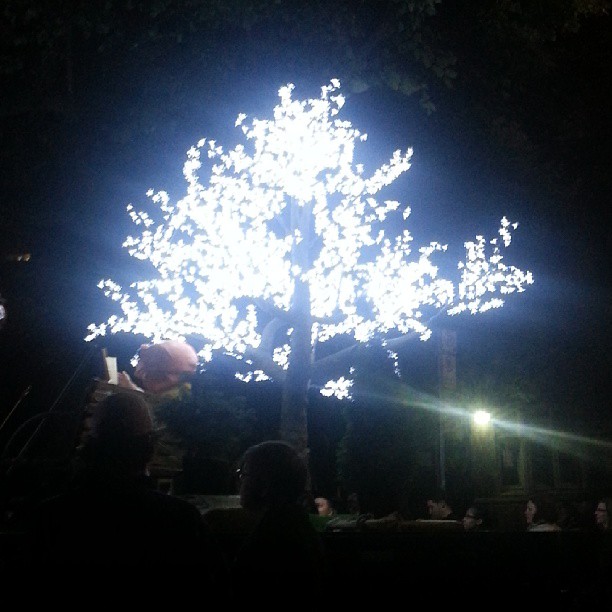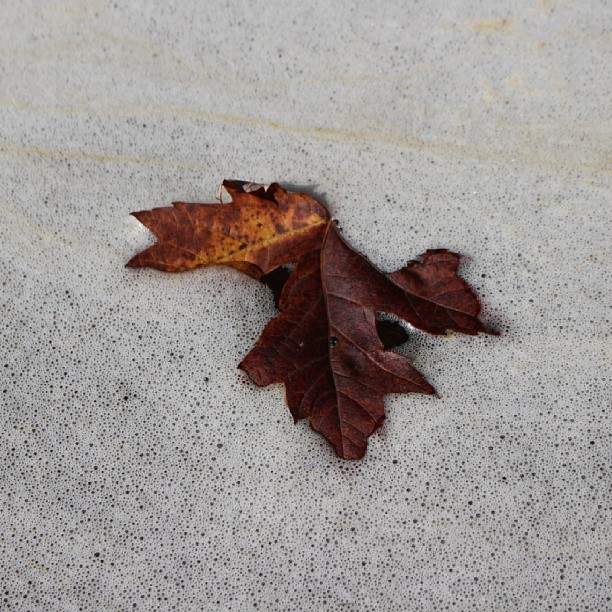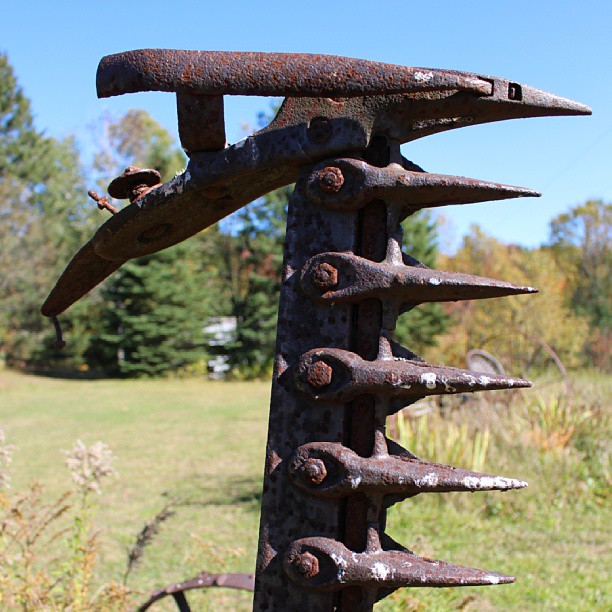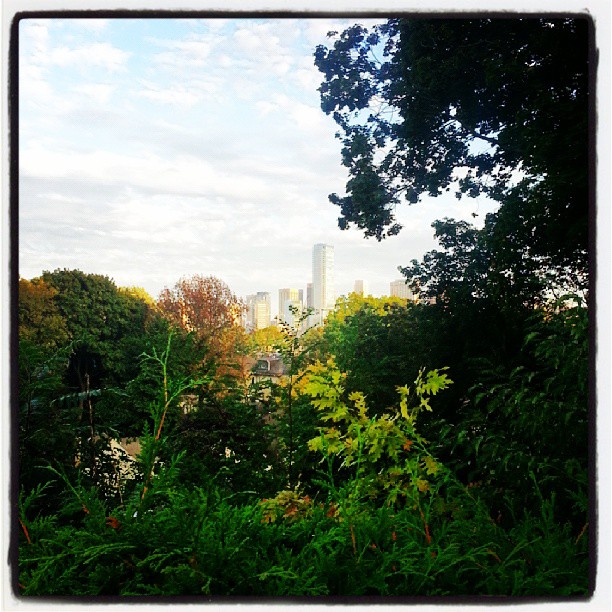Finally saw the Ai Weiwei exhibit at the AGO. It’s small, if I’d had to pay for it separately, instead of with my regular membership, I would have felt cheated. Instead I felt mildly entertained, then slightly nauseated. I shouldn’t have been surprised at how carefully Weiwei was packaged up as Dissident Artist. That should have been clear from the giant posters showing his oversized body, arms crossed, beard defiant. But even so, the psycographic distance between Weiwei’s dangerous effort to uncover the list of kids who died in the Sichuan earthquake, and the giant wall covered with a reproduction of the list of names, situated a couple dozen feet from the gift shop selling colored plastic Chinese symbols and AW inspired pins, was almost enough to make me hurl.
To be clear, I don’t think that art needs to be removed from commerce to remain worthy. But courageous dissent about thousands of dead schoolkids and $3 pins occupy different spaces, in my own mind at least. For art to work as experience – and the impact of AW’s oversized works relies entirely on the experience of being in their presence – this experience has to pull you in to a different reality, something other than a relaxed state of mild stimulation that accompanies a pleasant walk through an exhibit of well crafted bicycle sculptures.
Art as experience works when it takes you outside of yourself, when it pierces the membrane between your perception and the artifact you perceive. If you ever get the chance, go see Picasso’s Celestina, painted before he fragmented his prodigious talents into periods of thematic deconstruction. Stare into the woman’s uneven eyes until you’re afraid you might not be able to pull back, until the woman’s essence floats off the canvas and lodges itself into your brain.
This is Art as Experience, and it bears the same relationship to Art as Commodity as travel does to tourism. The central problem with the Ai Weiwei exhibit is that it thwarts experience at every moment, and fills in the space with co-branding (AW & AGO 2gether 4ever!), video screens (to distract from the dearth of original artwork) and merchandising opportunities.
There is no there there, man.
